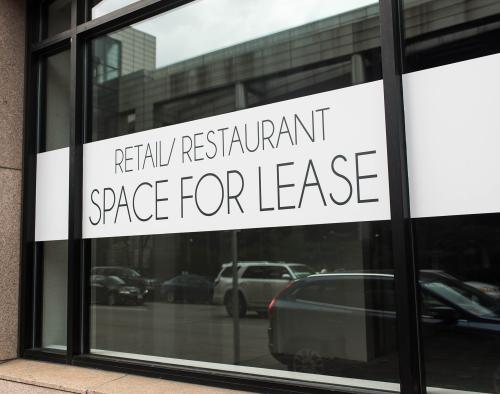America’s neighborhoods have a lot on the line in this week’s congressional debate over the economic recovery package.
The Senate version of the package, scheduled for consideration early this week, differs in several important ways from the package passed by the House of Representatives in late January. While the two are similar in cost—about $820 billion—the Senate version features more tax cuts, and less spending. A compromise struck over the weekend of February 6 reduced the spending approved by Senate committees by roughly $83 billion.
The difference between the House and Senate proposals is especially striking with respect to the U.S. Department of Housing and Urban Development’s Neighborhood Stabilization Program (NSP). The NSP provides financial assistance to states and local governments to help them deal with the negative community-wide impacts of foreclosures, and is making an initial round of $3.92 billion in awards. While the House-passed bill provides $4.19 billion for NSP, the Senate compromise eliminates additional support for the program. Assuming Senate approval of its version of the recovery package early this week, the future of NSP will hang in the outcome of the House-Senate conference.
As detailed in a recent Brookings report, another round of NSP support is sorely needed, and squarely meets the larger economic stimulus and investment goals the package seeks to advance.
Communities across the nation face a large and growing foreclosure problem. Over 1.2 million residential properties went into foreclosure in 2008, and analysts project that perhaps 8 million more will be in foreclosure over the 2009 to 2012 period. The problem is affecting formerly high-growth markets like South Florida, inland California, and the Intermountain West, as well as economically struggling areas in states like Ohio and Michigan. While foreclosures are felt most immediately by households experiencing them, the problems quickly extend to the wider community. Both cities and suburbs are struggling with a growing stock of vacant and abandoned properties that diminish the value of nearby properties; elevate crime and destabilize neighborhood conditions; and reduce their own fiscal capacity to combat these problems.
Further NSP support is needed to more fully address the secondary impacts of the foreclosure crisis. The $3.92 billion appropriated thus far for the NSP is quite modest relative to the magnitude of on-the-ground needs. While NSP funds are in no way intended to help states and municipalities buy all distressed properties in their areas, it is worth noting that in metro areas like Los Angeles, where 35,000 properties are in foreclosure and another 4,000 are bank-owned, the per-property allocation from the initial NSP round amounts to a paltry $1,400. The Obama administration and Congress are considering important, much-needed new assistance to borrowers and banks to prevent foreclosures in the first place. But given their own dire financial conditions, state and local governments are simply not able to address the mounting secondary impacts that foreclosure, vacancy, and abandonment impose on communities, absent stronger federal support.
NSP spending stimulates local economies and invests in longer-term community health. NSP dollars provided to states, localities, and non-profits help stimulate the economy. Given the large and growing scale of the foreclosure problem, dollars would likely be spent quickly on property-related activities such as maintenance, rehabilitation, demolition, and redevelopment. These activities employ local workers like planners, financial analysts, assessors, property maintenance personnel, and construction and demolition workers. The activities involved in housing rehab, demolition and redevelopment are highly labor-intensive, with a high ratio of jobs created to dollars spent. The impacts would go well beyond immediate stimulus, however, as NSP funding secures longer-run community stability. By addressing problem properties, state and local governments help preserve the viability of surrounding homes and businesses, maintaining the value of those assets for families as well as the tax base needed to fund local public services.
The NSP spending proposed in the House bill is targeted for maximum impact. Unlike the initial NSP round, where funding allocations were determined solely by formula, the House-passed package reserves more than four-fifths of the $4.19 billion for competitive grants to states, local governments, and non-profit entities. Competitive funding would ensure that dollars are targeted to grantees that have the capacity to spend them strategically and to communities where the federal government can gain the largest return on its investment. This money would be in local hands within six months of enactment, and would begin to be spent only a few months later. The House bill further reserves up to the full remaining one-fifth ($750 million) for nonprofit entities that provide assistance to multiple state and local governments on tasks like property acquisition and management, and partnering with and leveraging capital from the private sector.
In short, the House version of the recovery package includes much-needed assistance for thousands of communities nationwide wracked by growing foreclosures, and the state and local governments responsible for ensuring their longer-term well-being. We hope the package that eventually emerges out of House-Senate deliberations will provide those communities with the stimulus they need to halt a cycle of decline, and get on the road to longer-term recovery.



Commentary
Op-edForeclosures and Stimulus: What’s At Stake for America’s Neighborhoods
February 9, 2009